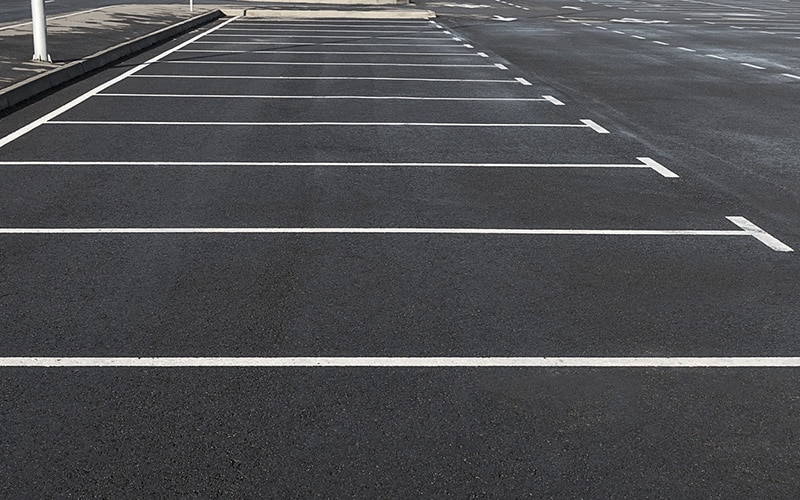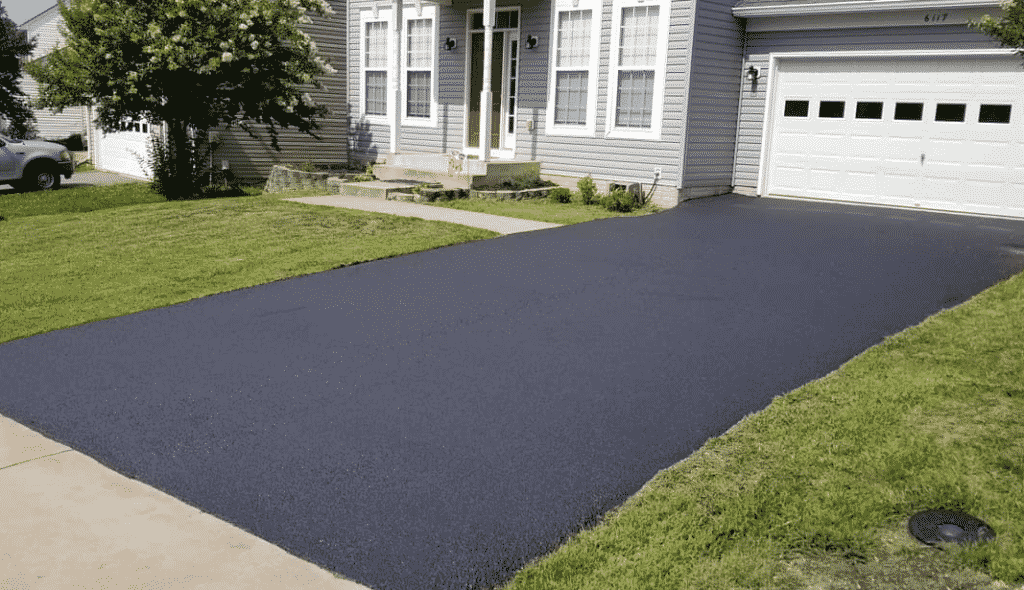Make The Most Of Security with Angle Parking Areas: Superior Asphalt Sealing
Make The Most Of Security with Angle Parking Areas: Superior Asphalt Sealing
Blog Article
Cold Mix Asphalt Vs. Hot Mix Asphalt: Which Is Right for You?

Make-up Distinctions
Cold mix and warm mix asphalts vary considerably in their composition, with unique qualities that influence their efficiency and applications. Cold mix asphalt is generated by emulsifying the asphalt binder with water and an emulsifying agent prior to blending it with aggregate. This method enables the asphalt to be practical at lower temperature levels, making it perfect for momentary repair work and for usage in cooler climate condition. Hot mix asphalt, on the various other hand, is made at high temperatures, normally between 300-350 ° F, which helps to achieve much better compaction and a more long lasting end product. The warm mix asphalt production procedure includes warming the accumulation and asphalt binder individually prior to incorporating them at the asphalt plant.
Moreover, cold mix asphalt tends to be much less dense and a lot more flexible than warm mix asphalt. This versatility makes it much better suited for locations with higher levels of activity, such as driveways or roads with rush hour. On the other hand, warm mix asphalt is known for its high longevity and resistance to rutting and fracturing, making it a preferred choice for highways and high-traffic roads where durability is crucial.
Setup Refine Variations
The process of setting up chilly mix and warm mix asphalt displays notable variances in their treatments and demands. Cold mix asphalt, being an extra adaptable material, can be applied straight from the bag or container onto the hole or harmed location. It needs very little preparation work, such as cleaning up the location and compacting the cool mix with hand tools. This makes it a convenient option for fast and short-term repairs. In comparison, warm mix asphalt demands an extra elaborate installation procedure. It involves heating the blend to high temperature levels before laying it down on an effectively ready base. The preparation includes condensing the base, applying a tack coat, and using heavy machinery like pavers and compactors for a smooth and resilient coating. Due to the heating needs, hot mix asphalt installations are generally carried out by specialists with customized devices, making certain an extra structurally audio and irreversible outcome.
Resilience and Durability Elements
When taking into consideration asphalt choices, durability and longevity are crucial factors to evaluate for long lasting sidewalk performance. Hot mix asphalt (HMA) is known for its exceptional resilience and durability.
In regards to long life, HMA commonly outperforms CMA because of its superior stamina and resistance properties. HMA sidewalks have a longer life span, calling for less regular repair work and maintenance, which can convert to cost financial savings in the long run. In addition, HMA pavements are a lot more conveniently adjustable to fulfill particular task needs, even more boosting their toughness.
Cost Considerations
Considering the monetary implications is a vital aspect when examining the selection in between hot mix asphalt (HMA) and cool mix asphalt (CMA) for pavement tasks. While the first cost of hot mix asphalt is commonly higher than that of cool mix asphalt, HMA frequently provides a more cost-effective remedy in the future as a result of its exceptional durability and durability. HMA is known for its capacity to hold up against rush hour tons and rough weather problems, reducing the need for frequent fixings and upkeep. On the other hand, chilly mix asphalt is much more affordable upfront but may need even more frequent patching and resurfacing, leading to greater upkeep prices over click to read time.
In enhancement to product prices, it's vital to consider the expenses connected with installation and upkeep when contrasting HMA and CMA. HMA typically needs specific tools and competent labor for appropriate installment, which can impact total job prices. Conversely, CMA is simpler to work with and can frequently be applied using easier strategies, possibly lowering installment costs. Eventually, the choice in between HMA and CMA ought to think about not just the initial cost however also the long-lasting economic ramifications to establish one of the most affordable option for the particular sidewalk job.
Environmental Effect Contrast
Contrast of the ecological influences between hot mix asphalt (HMA) and cool mix asphalt (CMA) exposes unique distinctions in sustainability i loved this techniques. HMA manufacturing requires high temperatures, leading to increased energy usage and greenhouse gas exhausts.
Moreover, the usage of CMA commonly involves recycling site existing asphalt pavement, advertising source preservation and reducing the quantity of waste sent out to land fills. By deciding for CMA over HMA, roadway building and construction projects can contribute favorably to environmental preservation efforts.
Final Thought
To conclude, the selection between cool mix asphalt (CMA) and warm mix asphalt (HMA) relies on different aspects such as composition, installment process, resilience, durability, expense, and ecological effect. cold mix asphalt. While CMA supplies a cost-effective and quick service for minor repairs, HMA makes certain remarkable durability and longevity for heavy website traffic locations. Consider these aspects carefully to identify which kind of asphalt is the ideal option for your paving requires

Considering the financial effects is a crucial aspect when reviewing the option between warm mix asphalt (HMA) and cool mix asphalt (CMA) for pavement tasks. While the initial expense of warm mix asphalt is commonly greater than that of chilly mix asphalt, HMA often supplies an extra cost-effective service in the long run due to its superior sturdiness and long life. cold mix asphalt.Comparison of the environmental impacts in between warm mix asphalt (HMA) and cool mix asphalt (CMA) discloses distinctive distinctions in sustainability techniques.In conclusion, the choice between cold mix asphalt (CMA) and hot mix asphalt (HMA) depends on numerous factors such as composition, installation process, sturdiness, durability, cost, and ecological effect
Report this page